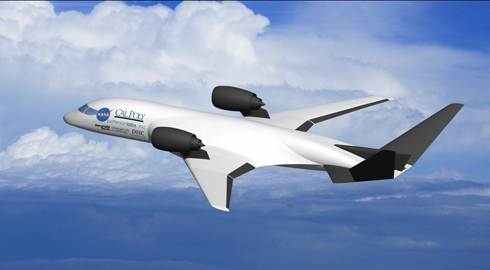“Coffee to go”? Projekt über Englisch im öffentlichen Wiener Raum
“Kaffee zum Mitnehmen” oder “Coffee to go”: Wie “englisch” ist Wien im Zeitalter der Globalisierung wirklich? Das erforscht die Sprachwissenschaftlerin Barbara Soukup vom Institut für Anglistik und Amerikanistik der Universität Wien. Werbeplakate, Geschäftsschilder und Hinweistafeln mehrerer Wiener Straßenzüge werden auf ihren Sprachgebrauch untersucht und sollen Aufschluss darüber geben, wie Englisch in der Wiener Öffentlichkeit präsent ist.
Die Erforschung von Sprachverwendung im öffentlichen Raum ist ein Bereich der angewandten Sprachwissenschaft, der seit den 1990er Jahren stark im Aufschwung ist. Das Forschungsobjekt wird dabei meistens als “Sprachlandschaft” (“linguistic landscape”) bezeichnet. Ein zentrales Interesse gilt der Rolle, die offizielle und inoffizielle Sprachpolitiken und -ideologien in diesem Zusammenhang spielen. Oftmals wird speziell die Präsenz von Minderheitensprachen erforscht; es wurden aber auch schon Zusammenhänge zu eher unbewusstem Fremdsprachenlernen hergestellt. (more…)

